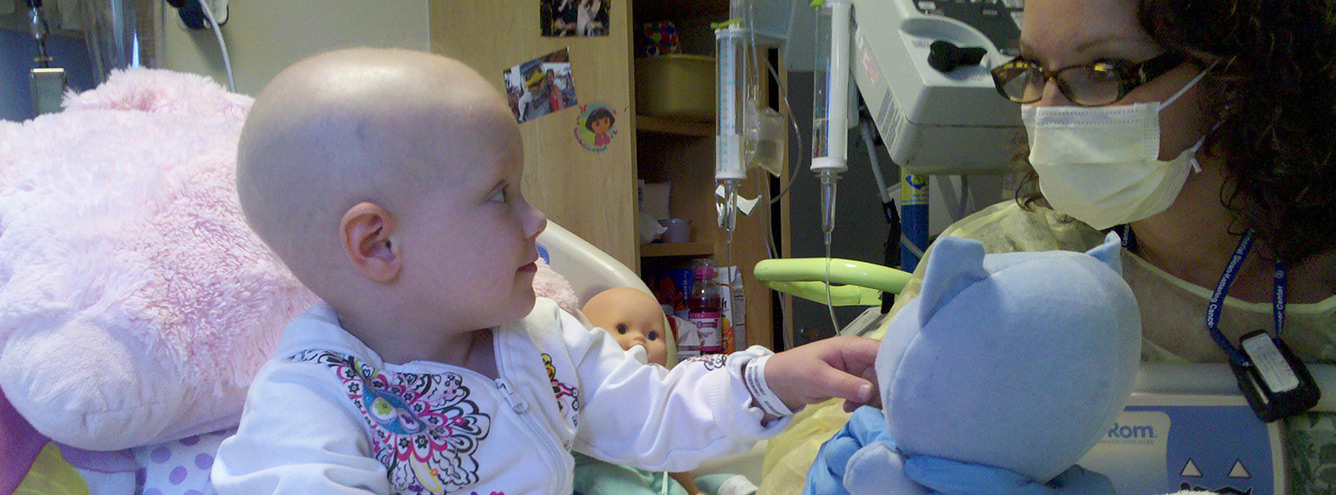Treatment Decision Making Guide
Step 4 – Understand Shared Decision Making and Informed Consent
You have a right to make decisions about your child’s medical care, guided by the advice of health professionals. You also have a responsibility to ensure you fully understand the treatment options so you can evaluate their benefits and risks before making an informed decision.
.
Shared Decision Making
Medical professionals must give you all relevant information about retinoblastoma and its treatment so you can make decisions about treatment. In shared decision making, parents discuss all treatment options together with the medical professional, including potential benefits, risks, side effects (short, medium, and long term), impacts, and appropriate monitoring during and after treatment.
This process ensures that you make treatment decisions together with your child’s doctors, empowering you to make choices that are right for your child and family. Talk with your child’s doctors about what you need to make decisions, how you want to be involved in decision making, and the best way to make decisions together.
You have the right to ask for a second opinion before making a treatment decision. If you consult with other retinoblastoma specialists, include your child’s primary medical team in the discussion so your child’s medical record and treatment recommendations can be easily shared.
Shared decision making is not always a practical option. For example, if your child requires immediate treatment for a life-threatening emergency, allowing the medical professionals to make rapid decisions is usually best.
Informed Consent
Before your child receives treatment, you will be asked to give informed consent. This usually involves signing a consent form that summarises the treatment, its potential benefits, side effects, and risks.
Informed consent means you:
- Have received and reviewed all relevant information.
- Understand your child’s medical condition.
- Understand all the treatment options.
- Understand the potential benefits, risks, and side effects of your decision.
- Understand the possible short, medium, and long-term impacts of your decision.
- Have had appropriate opportunity to ask questions.
- Make this decision freely, without coercion.
- Agree to the treatment.
If you still have questions or concerns, please discuss them with your child’s medical team before giving your consent.


